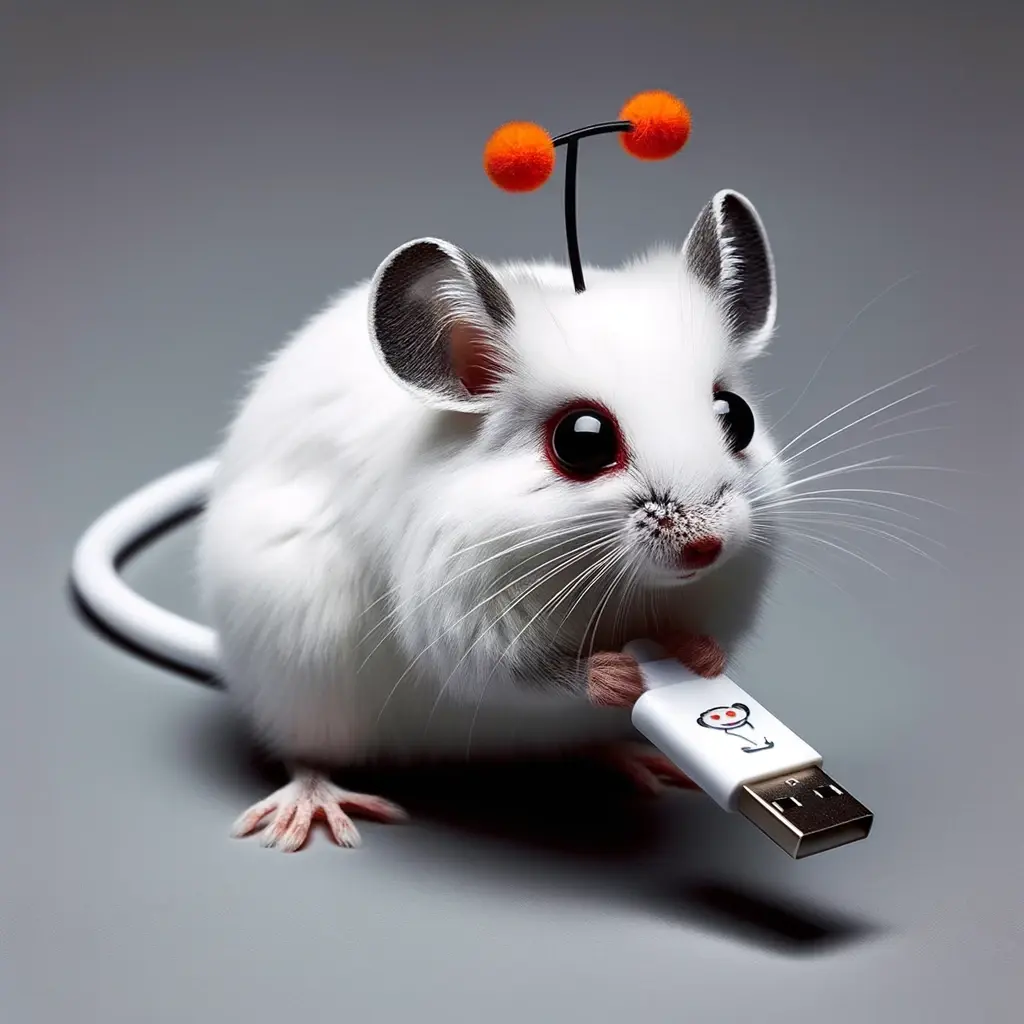This is an automated archive made by the Lemmit Bot.
The original was posted on /r/steamdeck by /u/chsbrgr on 2025-07-06 06:46:10+00:00.
I’ll preface this with the fan I’ve been in Tech support or some other IT role pretty much since high school. I’ve always had a knack for tinkering with computers. A couple weeks ago, I traded some old gaming miniatures for a first Gen Steam Deck my friend had, but never really had a use for it, so it gathered dust. I immediately realized all the potential for this device. No longer was I chained to a desk with a tower and couple monitors away from the family if I wanted to play a game, I could play it damn near anywhere!
It had the original 256 GB drive, and my friend threw in a micro SD of similar size. Seems like a lot, but I quickly filled them up with games I enjoy but haven’t had time recently to play. I decided then to upgrade the internal drive.
Springing for a 2TB SSD from Western Digital, and an external m.2 nvme case, I got to work. My original plan was to use a live Clonezilla USB stick to clone the current drive “as is” to the new drive hooked up externally, and then later use gparted to resize partitions. Watched a quick video on how to swap SSDs in the Deck, and off I went.
The cloning process was almost straight forward. I picked all the defaults, going for a Disk-to-Disk clone, keep original sizes, no FSCK, and it was looking good, until it got to the main partition and the cloning process failed due to bad blocks(?) on the source disk.
Restarted the clone process, but this time I chose to run FSCK with auto fixing. This time it worked, and I successfully cloned the old drive to the new drive.
After swapping in the new drive, I booted it up, hoping I didn’t screw anything up. Thankfully after several long seconds of torture, the Steam logo appeared and the system booted. Went into the settings, and was surprised to see that the full 2 terabytes were available already, no need to mess with partitions! It has already expanded to fill the drive.

